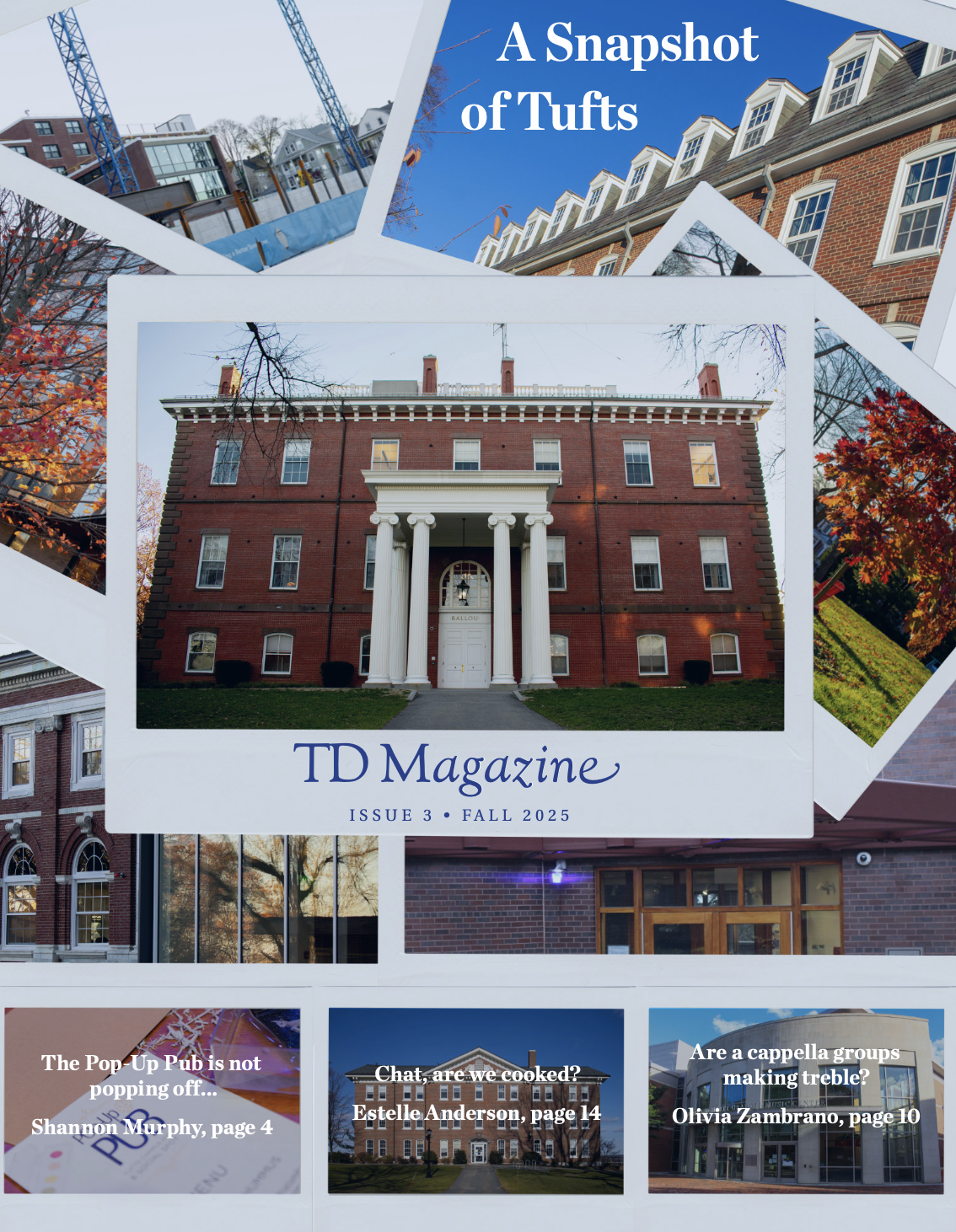Fourth-year students at the Tufts University School of Medicine found out which residency programs accepted them last month on Match Day. This year’s Match Day marked the first time that students were able to celebrate their matches together in person since the COVID-19 pandemic began two years ago.
Match Day, which fell on March 18 this year, occurs on the same day for each medical school across the country. At TUSM, 205 students were matched into 25 specialties in 32 states.
The process of determining one’s desired specialization spans all four years of medical school and occurs through various career exploration programs and opportunities.
Dr. Amy Kuhlik, dean of student affairs at TUSM, explained that as students end their third year of school, they begin to finalize their decision on which specialty into which they hope to match.
“Students in the summer prior to their fourth year of medical school … do their final career exploration to determine what field of medicine they’re hoping to pursue,” Kuhlik said.
After choosing their specialty of interest, students begin to fill out the Electronic Residency Application Service.
Melisa Granoff, a TUSM student who matched at the Cambridge Health Alliance for psychiatry, described the application process.
“You put together an application much like you would for college applications or medical school applications, where you have your transcript and your letters of recommendation and all of your extracurriculars,” Granoff said. “And you write a personal statement, usually about why you want to go into that field and how you got into medicine.”
Before the pandemic, some students in the fall of their fourth year had the opportunity to do various clinical rotations in their field of interest at different sites around the country. These rotations are often called “audition rotations” as students are essentially auditioning for future spots in residency programs.
This year, however, students were able to complete only one rotation outside of their home institutions’ systems due to the pandemic.
Kuhlik explained that this meant students had to apply to programs without ever experiencing the work environment in person.
“Some students were able to get into hospitals just to take a look around, but for the most part, it’s sight unseen,” Kuhlik said. “So, unless it was the one place where you did your away [rotation] or one of your home institutions, you may never have visited that city, … and you … probably haven’t visited that residency program.”
After applying to programs of interest, students wait to hear back from programs about whether they received an interview, at which point they choose programs from which to accept interviews. Interviews were held virtually, which represented another major change.
The transition to the virtual interview format had various consequences. In the past, students would often be able to accept only a few interviews due to the logistics and financial constraints of traveling. Once a student denied an interview request, another applicant would be invited to interview.
However, as the logistics of traveling were no longer a factor in virtual interviews, students could accept every interview request despite not being interested in every program. Kuhlik called this phenomenon “interview hoarding,” which resulted in fewer students being matched across the country.
“If you imagine interview hoarding, now you’re talking about a situation where in some specialties, … 60% of the places were interviewing the same 25% of students, which is a real problem and resulted in more students’ … being unmatched,” Kuhlik said.
On the other hand, Kuhlik noted that virtual interviews are more equitable as they eliminate monetary constraints on traveling, which used to prevent students from accepting interviews.
Following the interview season, which normally lasts from around November to January, students rank the programs at which they interviewed, with number one representing their top choice. Similarly, programs rank every candidate that they interviewed, and an algorithm then matches students to programs.
Kuhlik emphasized how exciting it was to celebrate in person for the first time in two years.
“We had just a lot of fun ... and it was very celebratory,” Kuhlik said. “It felt like the first time we’ve all been together in such a celebratory way in a couple of years.”
For students, Match Day represents the culmination of a grueling application process.
For Michael Mastroianni, a TUSM student who matched at the Columbia University Medical Center for orthopedic surgery, this day also represented the beginning of a lifelong dream.
“I’m a native New Yorker, so I’ve been kind of hoping to go back to New York,” Mastroianni said. “I’m a die-hard Yankees fan … [Columbia University Medical Center] has the Yankees’ team doctors as well, too. So, it’s just kind of a little bit of a childhood dream being fulfilled there.”
For others, Match Day brings both excitement and sadness, as it means the chapter of life spent at Tufts is ending.
Ilana Goldberg, who matched at Thomas Jefferson University Hospital for internal medicine, discussed her feelings about leaving Tufts after studying here as an undergraduate and postgraduate.
“I’ve really enjoyed being at Tufts for these last eight years,” she said. “It’ll be sad to leave, but I’ll always be a double Jumbo, and I feel like I’ve just grown a lot as a person from being here.”






